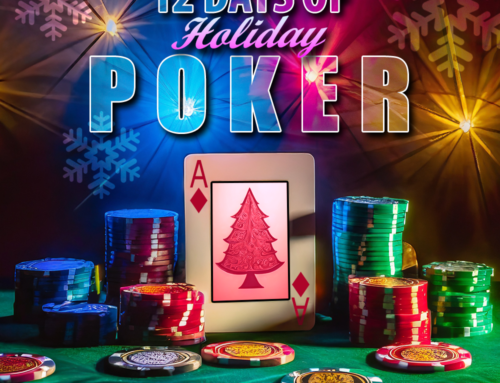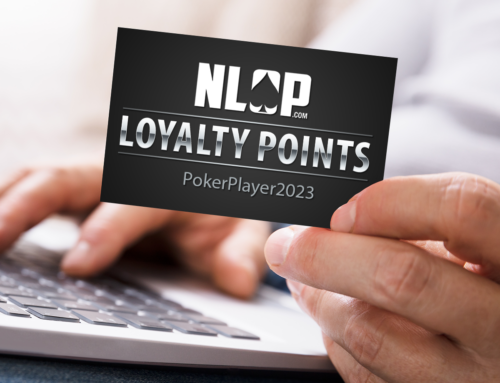An important part of playing live poker has to do with figuring out what your opponents’ body language means. These indicators are called “tells” and refer to involuntary physical movements that give us a clue about the cards that may be in our opponents’ hands.
Before we get into a list of the top three poker tells, body language means different things for different people. That means that a physical tell that tells us one thing for one player could mean something completely different for another player. We have to develop a context for the player over time, contrasting how the player normally acts with the deviations. The deviations are the tells.
Overall, though, there are several tells that you can find helpful, so let’s look at the top four.
The eyes
In the world of poker tells, body language starts with the eyes – but that is also true in a number of areas of life. You can learn a lot from reading an opponent’s eyes, which is why so many players put on sunglasses to play poker.
If the eyes dilate, that often suggests fear, or another strong emotion. You don’t know yet whether that fear means that the opponent has a fairly strong hand and does not know what to do about it or is considering mounting a bluff. You will need to play a few hands with that opponent to figure out what those eye movements mean.
A shift in the direction of your opponent’s gaze can also be important. Let’s see your opponent quickly looks at your stack after viewing the turn card. He might have caught big and now wants to find out if you can cover him. What is he hasn’t looked at his hole cards for the entire hand, even though he usually does? That could be important, so watch the outcome.
The mouth
Some players believe that you can learn even more from an opponent’s mouth than you can from his eyes. Take a look at his lips. Among poker tells, body language that can be helpful involves nervous lips – they look pinched and thin. When a person is relaxed, his lips look round and full. Over the course of your game, try and figure out what your opponent’s lip movements mean. Also, look for twitches of the lips. Once you find them, watch and see how the hand turns out.
The voice
Compare your opponent’s voice to how it sounded before you started, when everyone was relaxed. Changes in tone and speed can mean a lot in terms of emotional energy. Even the decision to start a conversation can mean something. When it comes to poker tells, body language that involves table talk that starts after a bunch of silent hands can mean something. Also, movements such as moving chips around, tapping on the table and other forms of fidgeting can be meaningful too. As the game goes on, you can learn a lot about each opponent.
Try out online poker at National League of Poker. Start your own private poker game and play with friends on this platform! Turn on your video chat and read each other’s tells.







